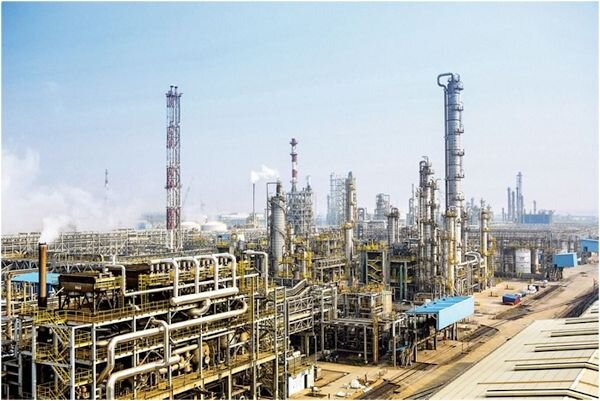![BASF MPCC Company Ltd. [Source: BASF ]](https://fabbaloo.com/wp-content/uploads/2020/05/image-asset_img_5eb08c1ad9478.jpg)
Charles Goulding and Preeti Sulibhavi investigate the opening of a new BASF plant in China.
While the U.S and China have been engaged in a trade war, Germany’s chemical giant, BASF, has secured the right to have 100 percent ownership of a 10 billion dollar plant in the city of Zhanjiang, China. BASF is taking advantage of relaxed corporate ownership standards, allowing 100 percent direct foreign investment.
Even by chemical industry investment standards, 10 billion dollars is a major investment. BASF has stated that this plant will include all its latest innovations, which presumably include 3D printing applications. According to Dr. Martin Brudermuller, Chairman of the Board of Executive Directors, BASF SE, “by utilizing the latest digital technologies and applying the highest safety standards, the new Verbund site will be a role model for sustainable production…” By indicating the utilization of the latest digital technologies, we can only presume that it could include 3D printing/additive manufacturing technologies and materials as well.
Utilization of 3D printing, by U.S. based companies, can lead to tax benefits for many corporations.
The Research & Development Tax Credit
Enacted in 1981, the now permanent Federal Research and Development (R&D) Tax Credit allows a credit that typically ranges from 4%-7% of eligible spending for new and improved products and processes. Qualified research must meet the following four criteria:
-
Must be technological in nature
-
Must be a component of the taxpayer’s business
-
Must represent R&D in the experimental sense and generally includes all such costs related to the development or improvement of a product or process
-
Must eliminate uncertainty through a process of experimentation that considers one or more alternatives
Eligible costs include US employee wages, cost of supplies consumed in the R&D process, cost of pre-production testing, US contract research expenses, and certain costs associated with developing a patent.
On December 18, 2015, President Obama signed the PATH Act, making the R&D Tax Credit permanent. Since 2016, the R&D credit can be used to offset Alternative Minimum Tax (AMT) or companies with revenue below $50MM and, startup businesses can obtain up to $250,000 per year in cash rebates that can be applied to payroll taxes.
History in China
BASF and China are not new to each other. The China Petroleum & Chemical Corporation (SINOPEC) has operated a world-scale isononanol (INA) plant in Maoming, China Hi-tech Industrial Development Zone with BASF since 2015. This facility has an annual capacity of 180,000 metric tons. The plant serves the growing demand for next-generation plasticizers.
The highly-integrated “Verbund” chemical production site will be located inside the southern Chinese province of Guangdong and it will be BASF’s largest investment to date. The first plants could be completed by 2026 at the latest, while the completion of the project would be around 2030. Then in late October 2019 BASF unveiled its plans to nearly double the size of the giant facility it has in Nanjing (operating since 2005) with the cooperation of state-owned Chinese firm SINOPEC.
Chemistry for Success
![BASF in Zhanjiang, China [Source: Adobe ]](https://fabbaloo.com/wp-content/uploads/2020/05/image-asset_img_5eb08c1b2b13e.jpg)
The 3D printing community is familiar with BASF’s pioneering leadership in developing new materials for 3D printing. BASF has been creating chemistry through 3D printing for some time now. Form the New BASF Creation Center that opened in 2019 in Ludwigshafen, Germany where designers develop new products through the latest visualization technologies and 3D manufactured sample components; to its sebaceous gland technology for skin care applications (utilizing CTIBiotech’s 3D human sebaceous gland technology). BASF has been creating chemistry for well over a century at an unsurpassed level. The applications to 3D printing have only allowed BASF to grow exponentially.
In China, BASF has benefitted from, “the ease of doing business” with loosened restrictions on foreign companies. BASF can continue to create chemistry, and positive reactions for future 3D printing success.

